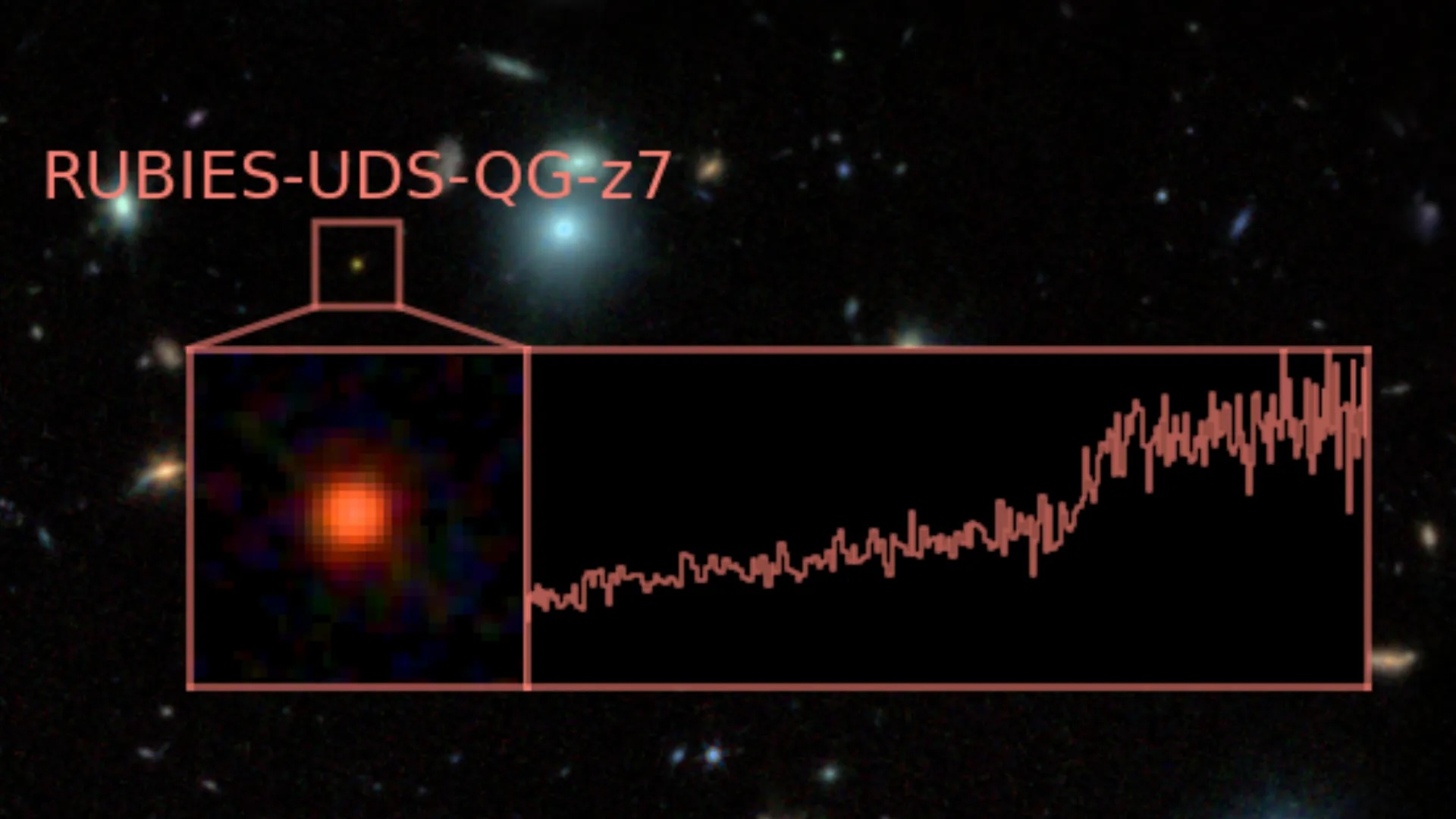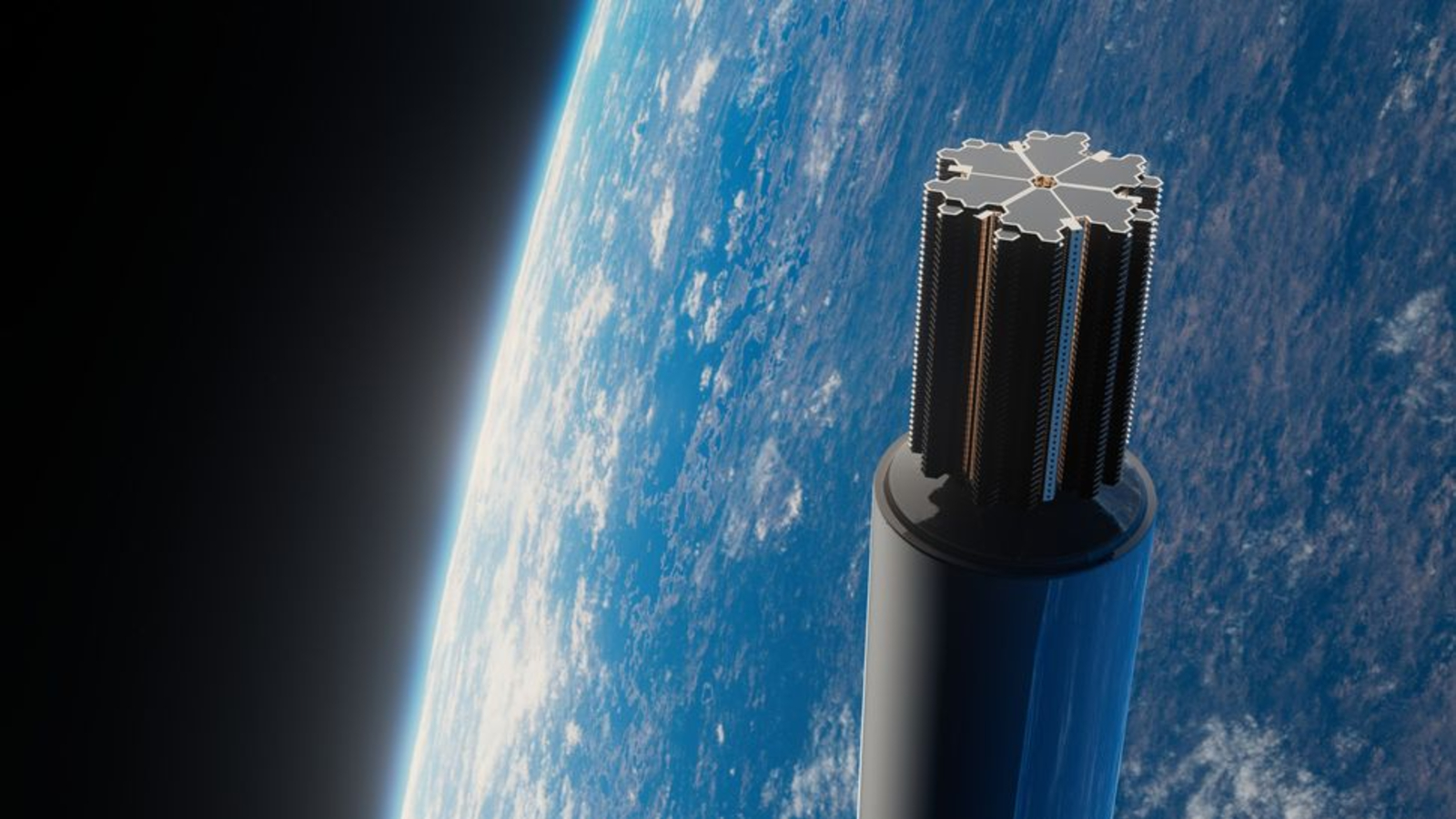Amateur astronomer discovers bright green comet SWAN25F — and you can see it too
Comet SWAN25F was discovered using photos from the European Space Agency's SOHO spacecraft and can currently be spied using backyard equipment — but it could also become visible to the naked eye in the next few weeks.
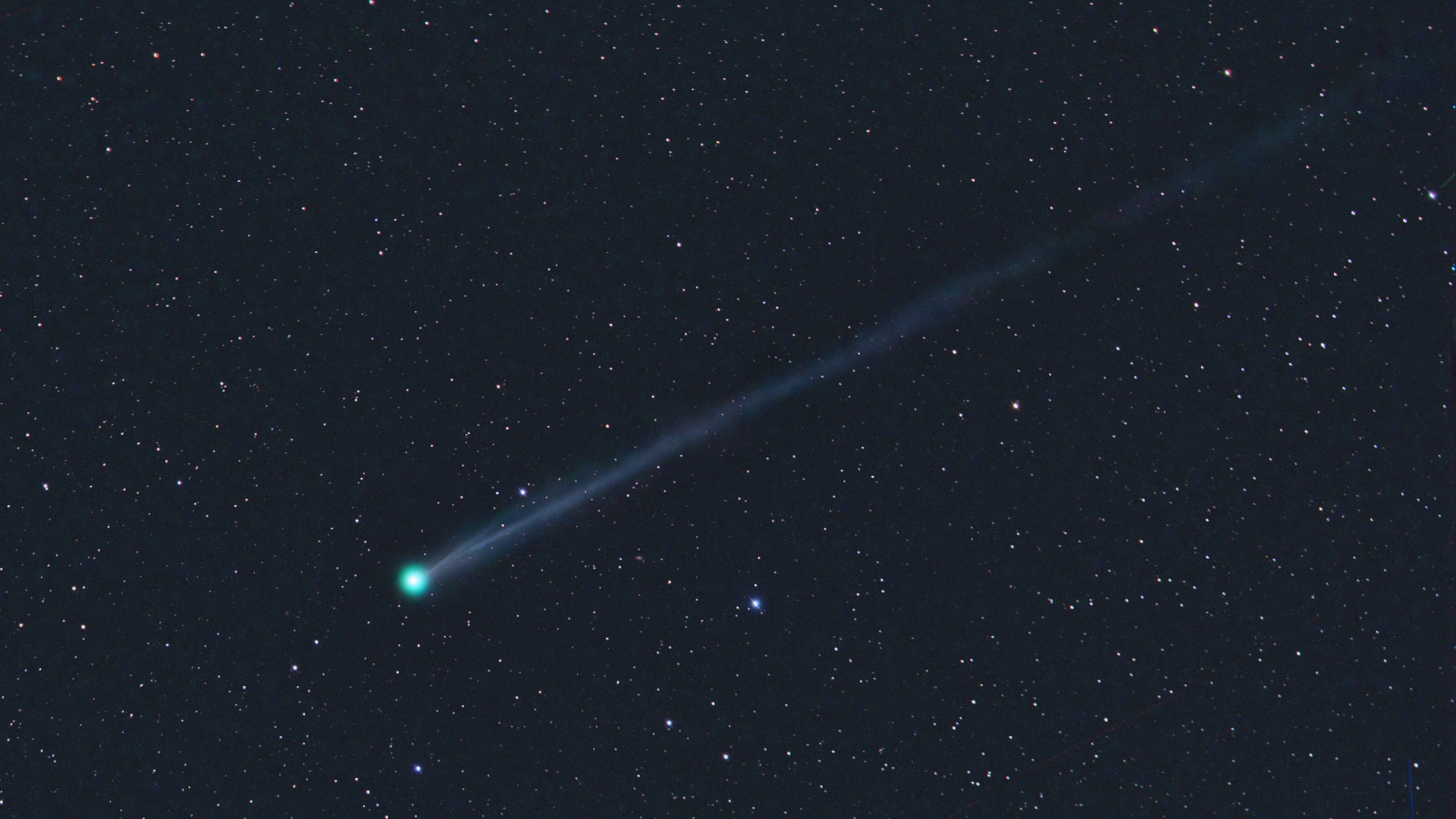
An amateur astronomer has discovered a bright green comet dive-bombing toward the inner solar system. The emerald-colored object will slingshot around the sun in less than a month, when it could become visible to the naked eye — but anyone with decent backyard gear may be able to see it now.
The new comet, dubbed SWAN25F, was discovered April 1 by Australian amateur astronomer Michael Mattiazzo, who noticed the comet in photos captured by the SWAN camera on the European Space Agency's Solar and Heliospheric Observatory (SOHO) spacecraft, according to Spaceweather.com.
Multiple astronomers have since confirmed SWAN25F's existence, but the comet has not yet been officially recognized by NASA's Minor Planets Center. As a result, there are still large gaps in what we know about this object's size, origin, distance, speed and orbit. But researchers have started to piece together its trajectory through the solar system and believe it will reach perihelion — its closest point to the sun — on May 1 and reach a minimum distance of around 31 million miles (50 million kilometers) from our home star.
News of the potential new comet spread quickly, enabling multiple astrophotographers to capture striking pictures of the comet just days after it was discovered, Live Science's sister site Space.com reported. The green comet has also been snapped by the Virtual Telescope Project in Manciano, Italy.
One of the best photos of SWAN25F so far was captured by astrophotographers Michael Jäger and Gerald Rhemann from Weißenkirchen, Austria (see above).
Related: 'Totally amazing' astronaut photo captures comet C/2024 G3 ATLAS shooting past Earth from the ISS
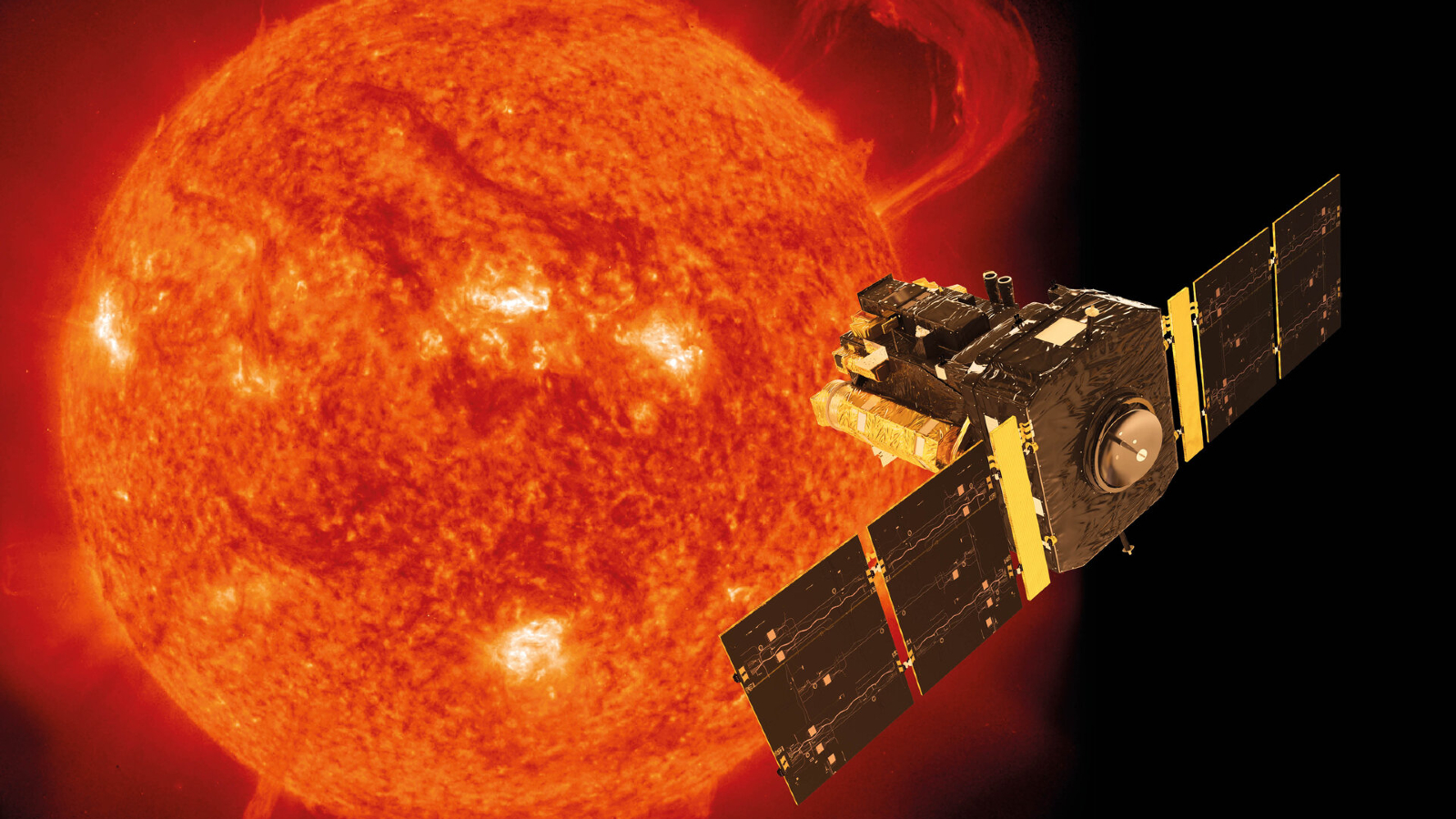
Based on that photo, SWAN25F likely has a tail spanning up to 2 degrees across the night sky, Jäger told Live Science. That is quite significant for a comet this far from the sun, although the tail is currently quite faint, he added.
Sign up for the Live Science daily newsletter now
Get the world’s most fascinating discoveries delivered straight to your inbox.
The comet's emerald glow is likely the result of dicarbon — a form of carbon where a pair of atoms are double-bonded to one another, which has been known to give off a green color in other comets.
How to see SWAN25F
Initial observations of SWAN25F revealed that the comet had an apparent magnitude of around +10, but it has quickly brightened to less than +8. (Apparent magnitude is measured relative to the brightest objects in the night sky, which have a value of zero. The brighter the comet gets, the lower its magnitude will get.)
"The comet appears to be brightening quite quickly," Nick James, the director of the comets section at the British Astronomical Association, told Spaceweather.com earlier in the week. "It is too early to predict what the peak brightness will be. We need a few more days of observations to confirm the current trend, but it should become at least a binocular object."
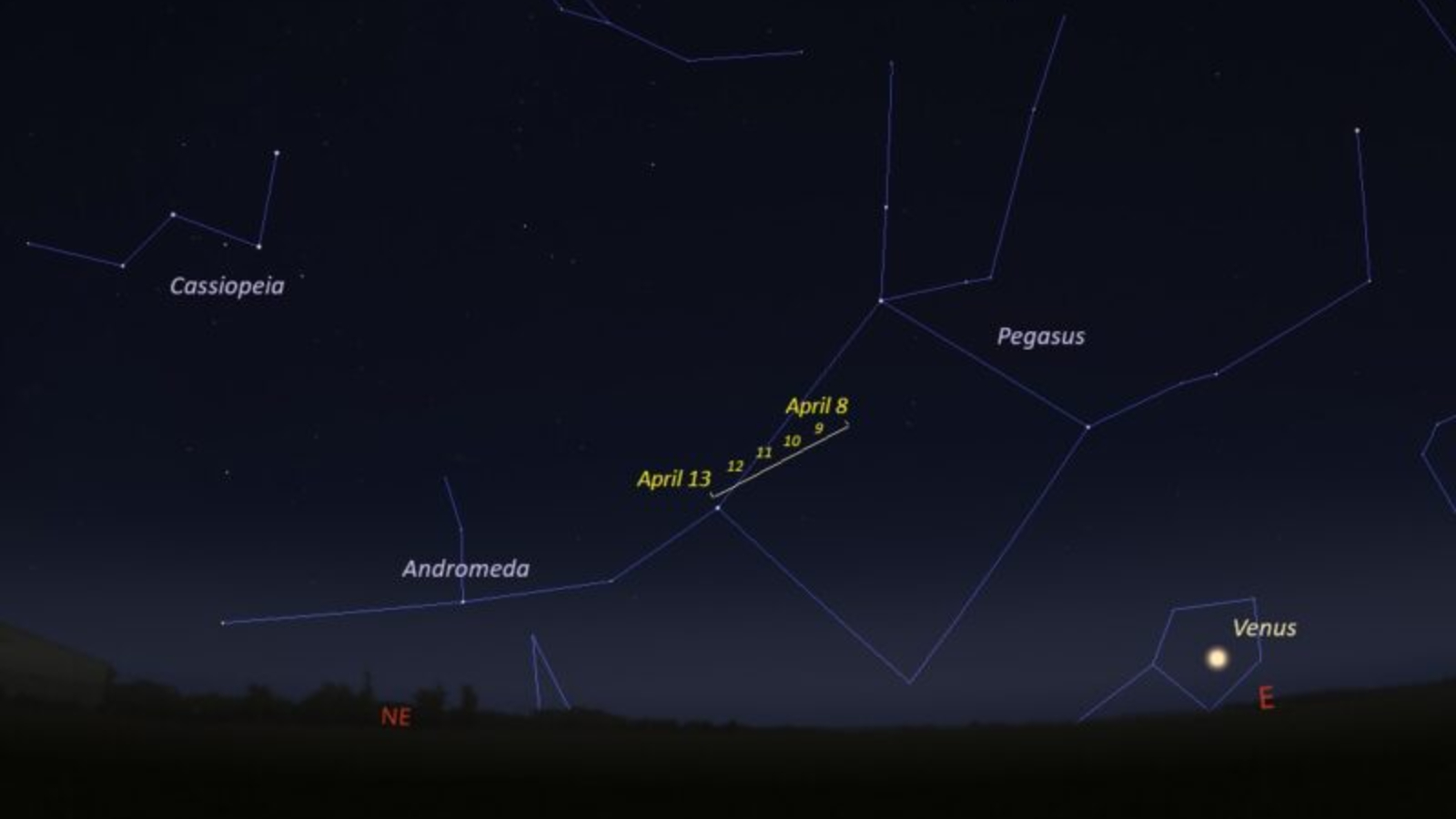
But James' prediction has already come true, as the comet can now be seen with a decent pair of stargazing binoculars or a decent telescope, EarthSky.com reported. The website has also mapped where the comet can be seen over the next few days.
The comet will continually brighten as it approaches perihelion, and Jäger predicts that it could peak at around +5, which would make it visible to the naked eye. However, the comet's position puts it close to the horizon in the night sky, which could make it hard to spot.
As researchers continue to study SWAN25F, it will become clearer when and where the comet will be most visible.

Harry is a U.K.-based senior staff writer at Live Science. He studied marine biology at the University of Exeter before training to become a journalist. He covers a wide range of topics including space exploration, planetary science, space weather, climate change, animal behavior and paleontology. His recent work on the solar maximum won "best space submission" at the 2024 Aerospace Media Awards and was shortlisted in the "top scoop" category at the NCTJ Awards for Excellence in 2023. He also writes Live Science's weekly Earth from space series.
You must confirm your public display name before commenting
Please logout and then login again, you will then be prompted to enter your display name.

